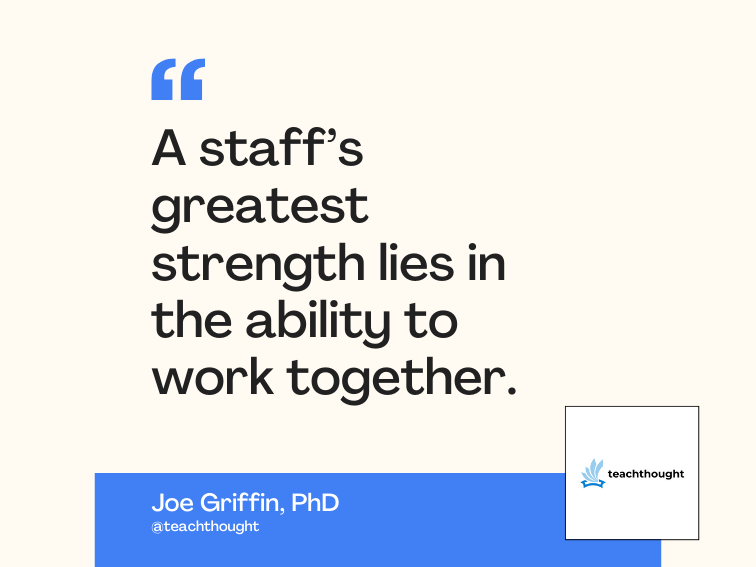Legacy application transformation
How do you transform legacy COBOL code into Web-enabled Java applications? These tools can help!
The push for businesses to compete at Internet speed has only just begun. Unfortunately for many companies, tapping in to the efficiencies of e-business also means unlocking a wealth of business logic and data trapped in the legacy systems that form the foundation of their corporate infrastructures.
TEXTBOX:
TEXTBOX_HEAD: Transform legacy COBOL applications into Java: Read both reviews!
- PERCobol whips COBOL into shape for budget-minded enterprises
- Net Express helps quicken time to market for development teams
:END_TEXTBOX
Many of these systems were written in COBOL, the ancient programming language that people seem to notice only when legacy software is being discussed (such as during the Y2K crisis). The problem is that COBOL applications can’t run directly on the Internet, and even if you arrange for a COBOL program to be invoked by a Web application, the language isn’t scalable enough for true online business processing. Thus, COBOL presents a major architectural stumbling block in the race to move your business processes and data online.
Even worse, it’s difficult to renew this legacy code. For one thing, COBOL is legendary for its wordiness and complexity, meaning that it takes plenty of difficult, line-by-line work to modify the code. Making even minor changes to 30-year-old, 80-column source code can put a heavy strain on your budget and your IT department’s time and talents. For another, the pool of COBOL programmers diminishes every day, as more and more budding developers take up modern, object-oriented languages.
One obvious solution is to rewrite legacy code in a modern development language, such as Java, to achieve a cleaner, object-oriented structure suitable for high-availability, n-tier architectures. That way you’ll be done with your legacy constraints once and for all. But rewriting involves formidable costs and risks: broken business logic and protracted delays often go hand in hand with ground-floor development.
Conversion tools such as Intercomp’s eMaker can automate the conversion from COBOL to Java, allowing you to migrate data to more accessible platforms such as RDBMS in the process. But it’s an expensive proposition: it costs more than 00,000 just to get started with eMaker. And even though complete conversion offers certain advantages, such as access to multitiered architectures that help improve availability, it won’t get you on the Web today, or anytime soon. For anything except the most simplistic mainframe applications, you’ll still face a lot of hand tooling that can inflate your budget, prolong projects, and, even worse, lead to errors. Conversion tools help minimize risk, but they can’t eliminate it. But conversion has tremendous appeal despite its risks and drawbacks.
Shortcut to e-business
That’s the backdrop against which a new breed of tools is emerging — tools that promise to make the most of your investments in existing mainframe applications and data and get your business on the Internet without costing a fortune.
These new solutions wrap COBOL code in Java, allowing interoperation and exposing only the necessary business logic to Web processes. In doing so, they allow you to quickly encapsulate and migrate your legacy applications. It’s an approach that not only capitalizes on your past mainframe investments through the reuse of tried-and-true code, but also speeds up development cycles and generates distributed applications that can be deployed anywhere — thereby extending your software to multithreaded, client/server architectures across multiple platforms and the Internet.
To help you find a solution to fit your needs, we’ve highlighted two such products: Merant’s high-end Net Express 3.1 and LegacyJ’s more affordable PERCobol Enterprise 2.5 (which we tested in a preview edition). Both offer similar approaches to extending COBOL availability, allowing you to play with the big boys for a fraction of the cost and time it would take to launch an entire rewrite project. But each solution comprises different features and capabilities. Which one is right for you? Read on.




